Understanding emo meaning starts with recognizing that for every millennial, emo culture represents an entire movement. It was reintroduced into the punk movements of the 1980s and 1990s and transformed into a way of life in which the youth were able to release their internal strains. The black outfits, heavy eyeliner, and hairstyles are a representation of a culture that emphasizes sensitivity.
Emo has changed into a worldwide craze over time, influencing not only musicians but also other communities. This is not all about understanding the emo meaning, and to explain more about it, continue reading the guide below.
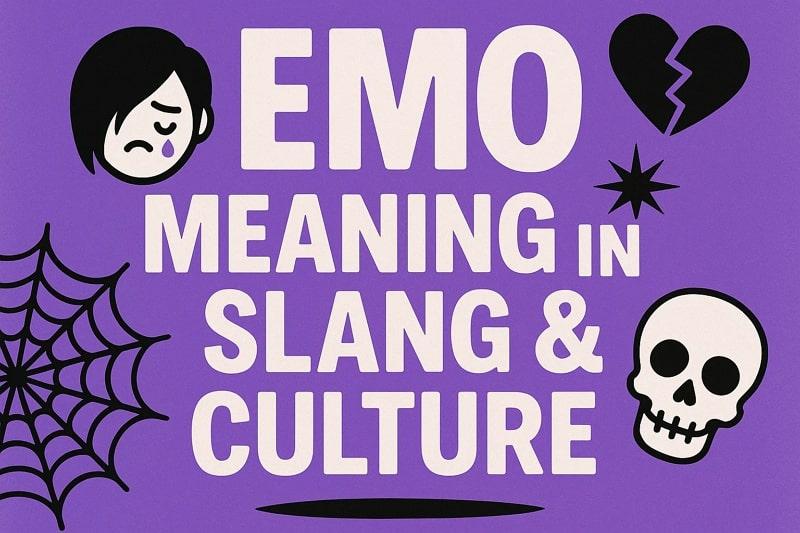
Table of Contents
Part 1. What Does Emo Mean? Complete Guide to Emo Culture and Slang
From hashtags to forum discussions, people often talk about Emo slang meaning in their jokes that have grown within communities. This slang reinforces a sense of belonging that is further elaborated in the following section in detail:
Emo in Music
As discussed, Emo started as an “Emocore” from the Washington D.C. punk scene in the mid-1980s. Many bands like Rites of Spring and Embrace pioneered a style that combined punk speed and aggression with vulnerable lyrics. In the 2000s, Emo surged into mainstream popularity with bands like My Chemical Romance and Fall Out Boy, bringing melodic hooks to broader audiences.
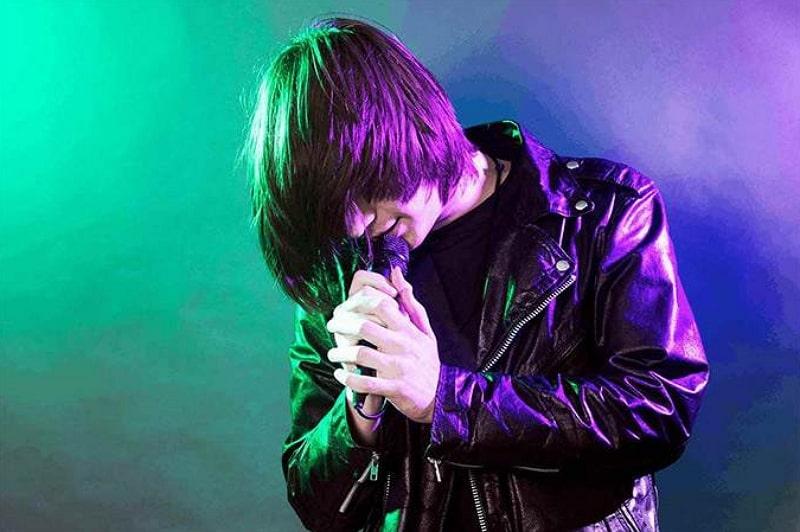
Despite pushbacks from some artists regarding the label, it continued to influence and cross boundaries into pop punk and alternative rock. Even today, the new generation also embraces “Emo Rap”, blending raw emotional honesty with hip hop.
Emo in Fashion & Lifestyle
Considering the Emo fashion, it's marked by black skinny jeans, band T-shirts, choppy hair, and heavy eyeliner; hallmarks of the look. The inspiration for this fashion is indie aesthetics and punk, often using layering, bracelets, and chokers to enhance individuality. Many people who follow this trend view their style as an extension of their identity, using fashion to express their music.
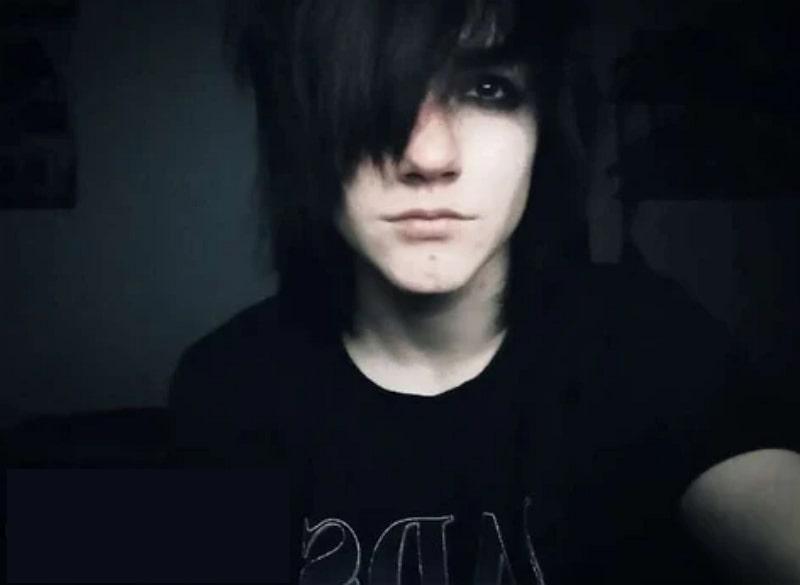
Yet, this Emo meaning isn’t about appearance, but symbolizes emotional self-expression and a rejection of conventional beauty standards. Notably, some brands even rejected the association with Emo fashion, creating stress between the music and fashion industries.
Emo in Emotions & Identity
Emo is characterized by emotional exploration, vulnerability, and authenticity. Rather than hiding emotional pain, Emo music and culture celebrate it as a shared lived experience, promoting overall self-discovery. This openness has even normalized discussions around mental health, especially among teenagers and young adults. Besides this, the Emo lyrics and poetry often serve as an outlet, turning personal pain into communal understanding.
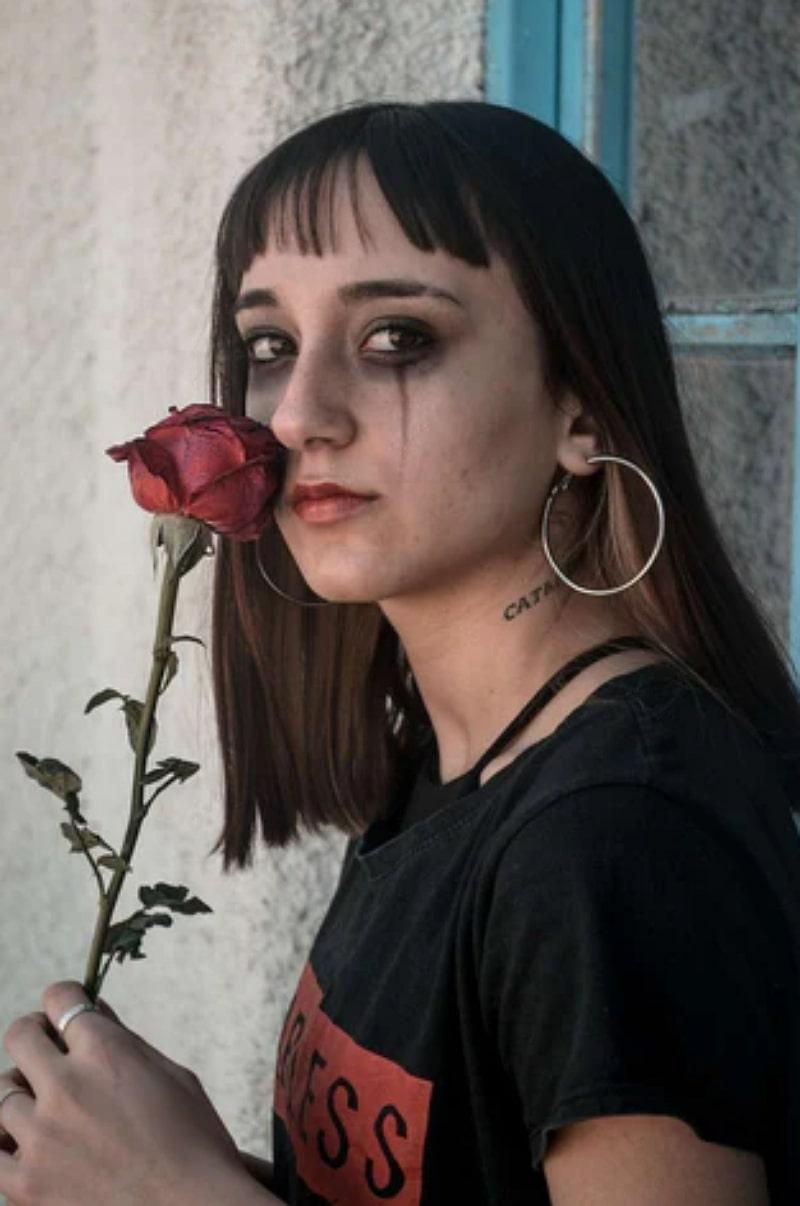
Conversely, media controversy sometimes links Emo to self-harm or depression, fueling both stigma and supporting networks around it. Overall, Emo is one of the few subcultures where emotional honesty is celebrated rather than mocked.
Emo in Internet Culture
Although Emo's roots are in the 1980s punk and hardcore music scenes, the internet later amplified its aesthetics and helped sustain its influence over decades. In the early 2000s, platforms like Myspace and LiveJournal acted as digital diaries where fans poured out their feelings. Beyond music, these spaces were used by individuals to experiment with their identities and meet others who felt the same.
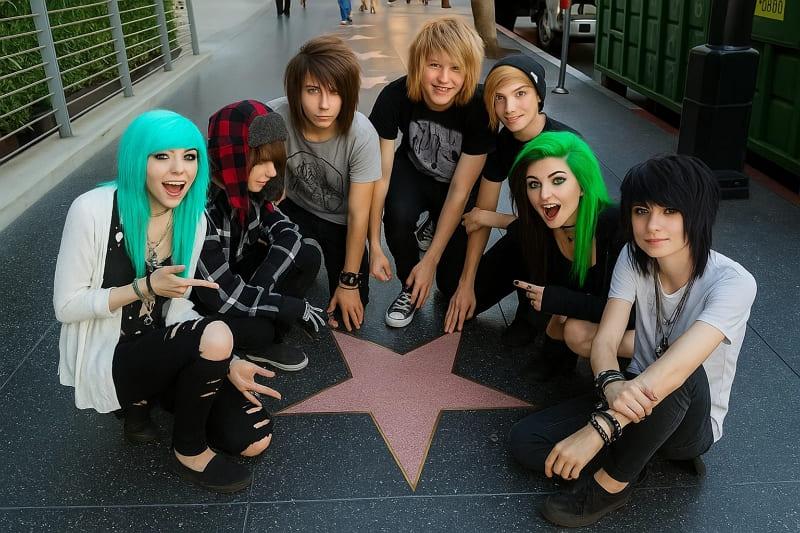
Even today, the revival of Emo culture on TikTok and YouTube has created a complete nostalgia wave for both old and newcomers. In many different ways, the internet has ensured that Emo is no longer connected to a single era, but remains blended with reinvention.
Part 2. How Do People Use Emo in Slang and Conversation
What does Emo mean in slang, and how do people use it in conversation together, are important to understand the literal meaning. For broader knowledge about how it's used in different discussions, explore the section that follows:
1. To Describe a Mood or Feeling
In conversations, people often say “I’m feeling Emo” or “This is such an Emo Day” to express sadness or nostalgia. It's even become a socially acceptable and humorous way to indicate that you’re having an emotional moment without overexplaining.
2. For Reference to Aesthetics
When you call someone “Emo” in slang, it means resemblance to a distinctive style, like black clothing. Your friends might comment, “So Emo,” under a photo of a candlelit bedroom or a black-and-white selfie of yours.
3. Joke or Be Playfully Dramatic
Many people might use “Emo” as a humorous exaggeration of their own feelings, saying, “I went all Emo after watching that series finale.” It's even a way of poking fun at yourself while also acknowledging genuine emotions, making the term feel approachable.
4. Signal Belonging or Nostalgia
The use of “Emo” in slang also serves as a cultural wink to others who know or belong to the same scene. This communal shorthand even helps people reconnect with their teen years or bond over mutual nostalgia.
Labelling Content or Curating Playlists
Currently, people name playlists "Emo anthems” or “Emo mood," even if they're not from an Emo band. It helps users identify the content that’s emotionally charged, broadening the world’s reach beyond its original subculture.
Part 3. Why Parents Should Monitor Emo Slang with FamiSafe
When parents notice their teens frequently discussing emo meaning and culture online, it's natural to wonder about the deeper conversations happening on social platforms. Understanding these cultural references becomes crucial for meaningful parent-teen communication, especially when tools like FamiSafe can help monitor for concerning content while respecting teens' self-expression. Mixed into their chats are words and phrases you may not recognize easily, requiring an app like FamiSafe at the end. Its Social App Detection function allows parents to monitor over 7 social media platforms simultaneously on their kids' devices. You can choose the category of suspicious words you are concerned about to set alerts.
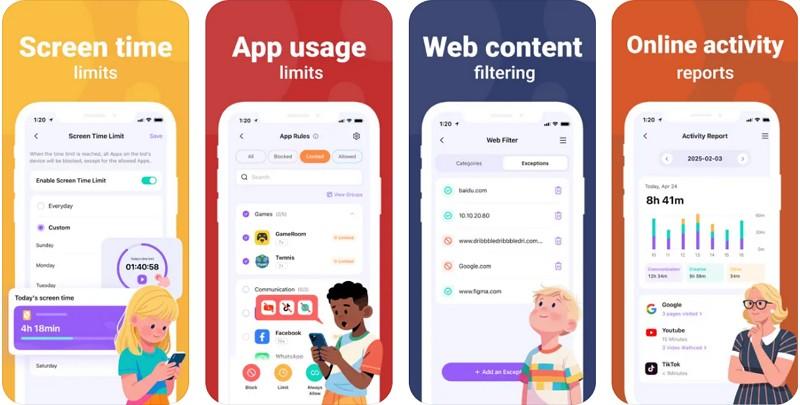
Besides this, parents can receive alerts when their teens encounter any cyber-violent, explicit, or drug-related content. It further facilitates parents to list all potential issues found on their kids' YouTube watch list. The possibilities are endless when you’re allowed to block YouTube videos or channels from your teens' access. Additionally, this parental control app supports nearly all standard messaging apps, including Facebook and WhatsApp.
Conclusion
To wrap up, the actual Emo meaning goes far beyond a label; it represents a blend of music and fashion that has evolved over decades. For teens, exploring slang and online communities can be a harmless form of self-expression, but it may also expose them to sensitive topics. Due to this, it is suggested to use FamiSafe as a valuable source and monitor activities through its Social App Detection feature.
Frequently Asked Questions
-
1. How is Emo different from Goth?
Even though both styles utilize dark clothing, Emo has its origins in emotional punk and post-hardcore music, whereas Goth has its origins in gothic rock. Besides this, Emo is also more confessional and younger; conversely, Goth is more theatrical. -
2. Is Emo still popular today?
Although mainstream Emo music was at its peak in the 2000s, the culture has been making a comeback on social media sites like TikTok. Moreover, Emo aesthetics and nostalgic playlists are constantly being shared and reinvented, forming a multi-generational community of both old fans and new listeners. -
3. How do Emo memes and online trends keep the culture alive?
Emo slang, memes, nostalgia edits, and hashtags help the community rediscover itself online. They allow individuals to laugh at their past Emo phase while keeping older music tracks relevant for a new generation. This blend of online humor and nostalgia makes Emo accessible and current, rather than outdated.



